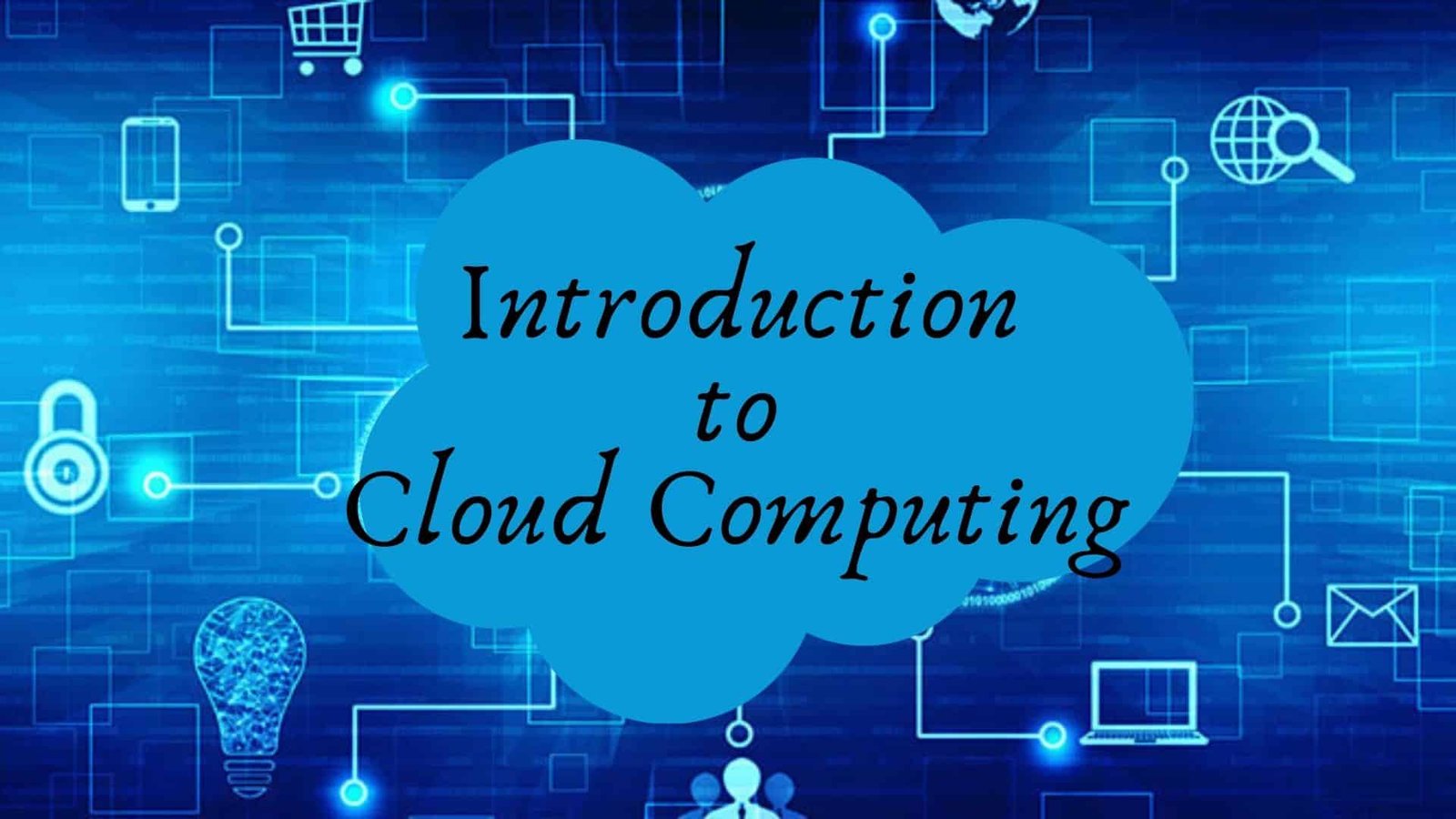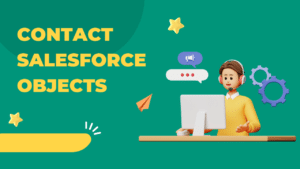Data is an important aspect of every business that has a large network across the globe. Moreover, collecting data is a productive procedure that helps in gathering information about sales, consumers, products, etc. There are a lot of different ways to store, manage, and access data to generate effective results. However, the Cloud has taken over all the previously existing data managers in the industry. Further, techniques like Cloud Computing are widely used for better efficiency.
Similarly, one of the largest CRM service providers- Salesforce is using it in their ecosystem. Today, we will begin our journey and learn various things related to the same. Also, you will get to know about the overall architecture of Cloud Computing with proper examples. Hence, let us proceed and head towards the first section of the blog.
What is a ‘Cloud’?
First, let me clarify that this term is quite different from the white fluff that you see in the sky. In technical terms, Cloud is basically a cluster of resources like storage and computing that works without involving the actual user. For instance, most of you have used Cloud Storage services to keep important files safe. Also, you can only access the cloud with an active internet connection.
New users can understand it as Public or Private networks that provide various services. Some of the common examples of cloud are Dropbox, Gmail, Salesforce, Slack, and many more. All such applications make use of the cloud for managing their database over various networks.
Advantages of Cloud
It has become a common trend to implement the usage of the cloud in almost every industry or business. many of you might be wondering that what is so special about using the cloud in the global market. Well, here are some advantages of using the cloud and its other components.
-Unlimited Access
The first special advantage of the cloud is that you can use it anytime and anywhere. The user interface of the applications is kept simple yet effective. You only require to sync the device and eventually access your database. Just make sure that you have a stable internet connection and a PC or tablet.
-Quick Implementation
Apart from infinite access, users have the privilege to quickly access the cloud. You have to sign-up and start using the services. It’s that simple! Moreover, the applications don’t take much time as the old software. A new component can just be put into use within a few days or weeks of development.
-Improved Security
Security is one of the major concerns of businesses and large companies who want to store their data. Moreover, a fault in the hard drive or laptop can lead to data loss which is quite common in large companies. However, the data stored in the cloud is not prone to any external damage. Therefore, it is safe and secure without the interference of third-party users.
-No Additional Costs
At last, you need not pay any extra charges or maintenance fees to run the cloud services. Moreover, there are no staff members required to manage the cloud applications. Hence, you can use your work power in other projects and assignments. The cloud just demands a small monthly fee to run the major features.
What do you mean by Cloud Computing?
We assume that you have a basic idea of Cloud before proceeding with this section. Cloud Computing refers to the concept that involves Network-based computing with shared resources like Servers, Networks, Storage hubs, Applications, etc. This increases the overall productivity in the long run. Further, it provides convenient network access that can be accessed remotely via the internet.
The best part is that the users do not require to install the local software on their systems. The platforms are capable of running independently which makes them more reliable. Therefore, we can have an enhanced business system using mobile, computers, and various applications.
Some of the key features of Cloud Computing are as follows,
- It enables the sharing of resources.
- The data is under high security
- It is a cloud-based application
- The only requirements are an active internet connection with a working computer.
- Users only pay for the services they use
Architecture of Cloud Computing
Cloud Computing serves a long list of purposes and hence requires several components for the same. These cloud components are further classified into two major categories,
Front End
As the name suggests, the Front end is what the users or clients see after accessing the cloud services. The interface and other manual operations from the client’s side come under it. These make it convenient to connect with the internal database of the cloud. Hence, users can proceed with the computing platforms.
Example- Web browser.
Back End
More precisely, you can call the back end as the cloud itself. As already mentioned, the cloud is nothing but a collection of network resources. Similarly, the back end has all the requirements that you need to run the cloud. Further, it is quite complex and thus we take help of the front end.
Example- Virtual Machines, Servers, Deployment Models, Data Storages.
Conclusion
We hope that this will provide you a brief overview of the Cloud Computing services in the industry. Also, Salesforce is highly dependent on these components functioning and working.
Feeling interested in the topic??? Well, we have a special Salesforce Platform App Builder Certification course just for you! Enroll in it today and start building your skills.










